Hebrew for Reading Comprehension
Hebrew for Reading Comprehension is a first year Biblical Hebrew grammar which is designed to promote reading comprehension and translation precision while reducing the confusion of traditional grammars. Two major features which distinguish this from other grammars are a tremendous reduction of emphasis on vowel pointing and a paradigm-less approach to teaching verbs.
This Grammar’s Differences
- The end goal is always kept in mind: reading comprehension and translation precision.
- Vowel pointing is not emphasized. Students learn to read unpointed and pointed Hebrew from the beginning. Exercises have both pointed and unpointed Hebrew.
- Verbs and verbless clauses (i.e., sentences) are introduced at the very beginning so that the student feels like they are learning language as language, not as lists.
- There is an almost complete lack of verb paradigms. Rather, verbs are introduced in the third person (all tenses/aspects), then the second person, then the first.
- Students do not have to be trained linguists in order to utilize the textbook. Instead, the book includes reviews of basic grammatical terminology and explanations of other important terms.
- Some traditional (confusing) linguistic terminology is avoided.
- Here is a chart which compares this grammar with others. Click here to download a .pdf file.
Philosophy of the Grammar
The following essays describe the philosophy underlying the grammar.These were both presented at Central States Society of Biblical Literature meetings.
William P. Griffin, “Killing a Dead Language: A Case against Emphasizing Vowel Pointing when Teaching Biblical Hebrew,” SBL Forum , n.p. [cited May 2007]
William P. Griffin, “Breaking Old Paradigms: Further Reflections on Hebrew Pedagogy,” paper presented at the Central States Society of Biblical Literature meeting, March, 2010.
theWord Features
- Verse popups
- Terms explained popups
- Fully searchable text
- Easy navigation via topics tree display.
- Normal text
- Hebrew text
- Footnotes
- ◌ represents any unspecified Hebrew character.
Robertson’s Grammar of the Greek New Testament in the Light of Historical Research
Archibald Thomas Robertson (November 6, 1863 – September 24, 1934) was a Southern Baptist preacher and biblical scholar whose work focused on the New Testament and Koine Greek.
Robertson was born at Cherbury near Chatham, Virginia. He was educated at Wake Forest (N. C.) College (M. A., 1885) and at the Southern Baptist Theological Seminary (SBTS), Louisville, Kentucky (Th. M., 1888), where he was thereafter instructor and professor of New Testament interpretation, and remained in that post until one day in 1934, when he dismissed his class early and went home and died of a stroke.
Robertson’s books are still consulted today, particularly his Word Pictures in the New Testament and his landmark volume A Grammar of the Greek New Testament in Light of Historical Research. In all, he published 45 books, several of which are still in print today. Robertson helped found the Baptist World Alliance in 1900. He was an important Southern Baptist and a well-respected scholar in his day. Robertson sought to equip his students with the proper tools for good preaching.
(text from Wikipedia.org)
theWord Features:
⦁ Verse popups
⦁ Fully searchable text
⦁ Hebrew, Greek, etc.
⦁ Footnotes
⦁ Pages links
⦁ Easy navigation of topics via topics tree display.
The Text of the Old Testament, An Introduction to the Biblia Hebraica, THIRD EDITION
Major revision of a landmark work in Old Testament scholarship
Ernst Würthwein’s introduction to the Biblia Hebraica has long served as a textbook for generations of students interested in the history of the Old Testament text and the problems of textual criticism. From its first appearance in 1952 to the fifth German edition in 1988, the book was faithfully updated by Würthwein himself in light of new research. But now a new edition of “Würthwein” is due.
While staying true to the original structure and character of Würthwein’s classic work, Alexander Fischer has rewritten the text completely to bring it up to date with the new Quinta edition of Biblia Hebraica. Besides updating information throughout, this edition includes a new chapter on the texts from the Qumran. This third edition of The Text of the Old Testament will be an indispensable resource for serious students of the Biblia Hebraica and Old Testament exegesis.
theWord Features:
- Verse popups
- Abbreviation popups
- Fully searchable text
- Easy navigation of topics via topics tree display.
- Images
- Special Text Colors
- Normal: Text
- Hyperlink: BHS | Deut 34:10-12BHS
- Page Number: pg 21
- Latin: supra
- Transliteration: qādēs̆: ṭāhēr
- Greek: σωμάτων
- Hebrew: מִשְׁפָּט
- Aramaic: כְּתִיב
Theological Dictionary of the New Testament TDNT (10 vols.)
25% off on this product lowest price possible is $150. (Publisher requirement)
Please see the excellent software & book review by DoctorDaveT below.
This monumental reference work, complete in ten volumes, is the authorized and unabridged translation of the famous Theologisches Wörterbuch zum Neuen Testament, known commonly as “Kittel” and considered by many scholars to be the best New Testament Dictionary ever compiled. Mediating between ordinary lexicography and the specific task of exposition, TDNT treats more than 2,300 theologically significant New Testament words, including the more important prepositions and numbers as well as many proper names from the Old Testament. Presenting the words in the order of the Greek alphabet, TDNT typically discusses the following for each word: its secular Greek background, its role in the Old Testament, its use in extra biblical Jewish literature, and its varied uses in the New Testament. Substantial bibliographies and footnotes supplement the articles. It is designed for the intermediate and advanced Greek student. Each significant Greek word of the New Testament is comprehensively presented and takes account of its:
- Greek background
- role in the Old Testament (in the Hebrew and the Septuagint)
- use by Philo, Josephus, and in the rabbinical literature
- uses in the New Testament and its various genres
- appearances (where appropriate) in the Apostolic Fathers
More than 100 distinguished scholars contributed to the work, including specialists in Old Testament, Septuagint, Hellenistic, Semitic and Rabbinic studies. Extensive bibliographies and detailed footnoting supplement the articles.
Overview of the resource inside theWord
theWord Features:
- Verse popups
- Abbreviation popups
- Fully searchable text
- Easy navigation of topics via topics tree display.
- Greek Lemmas
- Strong’s Numbers in topic tree
- Special Text Colors
- Normal: Text
- Hyperlink: Grundmann | 2 Tm. 3:1 ff. | 1 | †
- Volume & Page Number: v1 p162
- Latin: supra
- Transliteration: qādēs̆: ṭāhēr
- Greek: σωμάτων
- Hebrew: מִשְׁפָּט
Note: This is the unabridged version which is 10 volumes in print.
About the Author
Greek New Testament, (UBS5) 5th revised edition
This is the Greek text, sometimes referred to as the “critical text tradition” (UBS5). It is the most widely used critical version of the Greek New Testament. It includes:
- Passage headings
- Parallel passages
- letter casing
- accents
- breathing marks
- punctuation
- capitalization
- Old Testament quotes in bold
- paragraphs and poetry formatting
- Tagged with:
- Strong’s codes
- morphology (grammatical parsing)
- word lemmas
Upgrade note: Owners of UBS4 may use their UBS4 unlock key as a coupon to receive 50% OFF UBS5.
- If purchased on theWordBooks.com go to https://www.thewordbooks.com/index.php/my-account/downloads/
- If purchased on theWord.net go to https://www.theword.net/index.php?purchase-recoverserial&l=english
Note: If you came here to purchase UBS4. Sorry it is no longer available but if you already own UBS4 you may get the fixes in theWord > Add Titles.
Theological Wordbook of the Old Testament (TWOT)
This extensive, scholarly work includes discussions of every Hebrew word of theological significance in the Old Testament, plus brief definitions of all other words found in Brown, Driver and Briggs Hebrew Lexicon. Keyed to Strong’s Concordance, the Theological Wordbook of the Old Testament (TWOT) has been a longtime favorite of serious students of the Bible -pastors and laypeople alike. The busy pastor or earnest Christian worker who has neither the time nor the background for detailed technical study yet desires to understand important terms will enjoy this practical resource.
There are more than 1,400 articles written by 43 Old Testament scholars, plus some 400 sub-entries giving definitions only. The articles focus on theological meanings and importance and do not include lengthy, technical linguistic discussions. Virtually exhaustive bibliographies of published material relating to the words discussed are also included, in addition to a special section of Aramaic words used in the Old Testament.
Bible Dictionary of Ancient Greek (BDAG) A Greek-English Lexicon of the New Testament
12.5% off Lowest price possible is $175. (Publisher requirement)
Now includes Strong’s numbers in topic tree! It will now work with your Strong’s number resources NASB, NET2, etc.
Described as an “invaluable reference work” (Classical Philology) and “a tool indispensable for the study of early Christian literature” (Religious Studies Review) in its previous edition, this new updated edition takes Walter Bauer’s Wörterbuch zu den Schriften des Neuen Testaments even further. This work includes Greek definitions for works of all periods of Greek, and has more than 25,000 additional references to classical, intertestamental, Early Christian, and modern literature.
In this edition, Frederick W. Danker’s broad knowledge of Greco-Roman literature, as well as papyri and epigraphs, provides a more panoramic view of the world of Jesus and the New Testament. Danker has also introduced a more consistent mode of reference citation, and has provided a composite list of abbreviations to facilitate easy access to this wealth of information.
Perhaps the single most important lexical innovation of Danker’s edition is its inclusion of extended definitions for Greek terms. For instance, a key meaning of “episkopos” was defined in the second American edition as overseer; Danker defines it as “one who has the responsibility of safeguarding or seeing to it that something is done in the correct way, guardian.” Such extended definitions give a fuller sense of the word in question, which will help avoid both anachronisms and confusion among users of the lexicon who may not be native speakers of English.
Danker’s edition of Bauer’s Wörterbuch is an indispensable tool for New Testament exegete.
theWord Features:
- Verse popups
- Abbreviation popups
- Fully searchable text
- Easy navigation of topics via topics tree display.
- Greek Lemmas
- Strong’s Numbers in topic tree
- Special Text Colors
- Normal: Text
- Hyperlink: New Docs | Hb 9:4
- Greek: σωμάτων
- Hebrew: מִשְׁפָּט
New American Standard Bible Bundle (NASB) (LBLA) (NBLA)
This bundle includes the following modules:
- New American Standard Bible 1995 Update with Strong’s numbers – NASB
- New American Standard Bible 1977 edition (also available as a separate add-on) – NASB77
- La Biblia de las Americas – LBLA
- Nueve Biblia de las Américas – NBLA
Includes: NASB, NASB 1977, LBLA, NBLA, 17,000 translator’s notes, 93,000 cross-references, NASEC (Exhaustive Hebrew-Aramaic and Greek concordance).
Greek Bible text of the Novum Testamentum Graece, 28th edition (Nestle Aland) (GNT)
Note: If you came here to purchase NA27. Sorry it is no longer available but if you already own NA27you may get the fixes in theWord > Add Titles.
DESCRIPTION
This is the Greek text, sometimes referred to as the “critical text tradition”. It is the most widely used critical version of the Greek New Testament. It includes:
- letter casing
- accents
- breathing marks
- punctuation
- capitalization
- Old Testament quotes in bold
- paragraphs and poetry formatting
- Tagged with:
- Strong’s codes
- morphology (grammatical parsing)
- word lemmas
Strong’s codes and morphology codes can either be displayed next to each word or be hidden away and appear when the mouse moves over a word. The module can be searched on original words, ignoring accents and breathing marks if desired. Complex searches including Strong’s codes, word grammar and even lemmas are also supported, along with any arbitrary combination of these.
We want to make you aware of some similar products that if you like this work, you might consider getting also.
(1.) Student’s Guide to New Testament Textual Variants, A (“Free to You” from theWord.net)
(2.) Variant Readings of the New Testament (“Free to You” from theWord.net)
(click on the link and you will directly download the module from theWord.net)
Theological Dictionary of the NT: Abridged in One Volume (TDNTa)
This dictionary is a landmark Greek dictionary which has come to us through a lot of people and years of scholarship dedicated to making this scholarly work available. One of the neat features about this work is that it has Strongs numbers, so those who are not proficient in the Greek language can still use the work, working off of the Strong’s Greek Numbers.
Note that there is a foundational work back to Gerhard Kittel, and thus that work is called “Big Kittels” or just “Kittel”, and there is the present work we are offering which is abridged, and called “Little Kittels”. The unabridged Kittel is very large, and has very long and detailed studies on each word, including a lot of linguistics, Greek, German, Latin, Hebrew, etc. It is a very scholarly work, and understood best “by scholars” (very educated scholars at that). Little Kittel though has been edited so as to delete most of that, and leave a simple work that most laymen could understand (and most Bible students with normal Greek abilities, or no Greek abilities at all, in the style of Strong’s Lexicon perhaps).
For actual samples of articles in the dictionary, click on the image at left (a popup viewer should open) and then use the left-right arrow keys on the keyboard, or click on the far left or far right arrows on the image itself.
The samples are:
ábyssos/άβυσσος [abyss]
agathós/αγαθός [good],
ángelos/άγγελος [messenger, angel],
kýrios/κύριος [Lord, lord], -searching dictionary for a word
kýrios/κύριος [Lord, lord], – searching using Strongs Number
mágos/μάγος [magician, Magus],
méli/μέλι [honey]

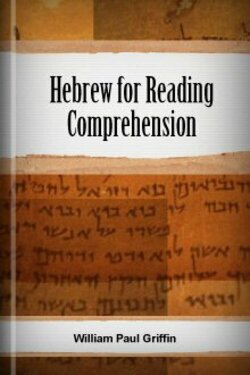
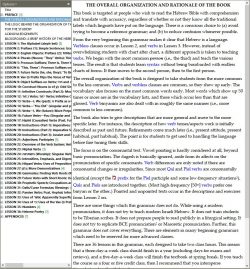
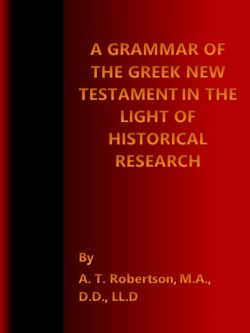
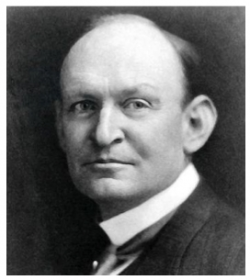
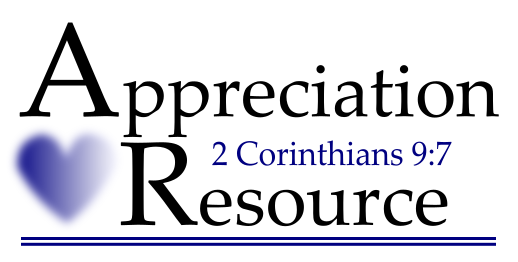
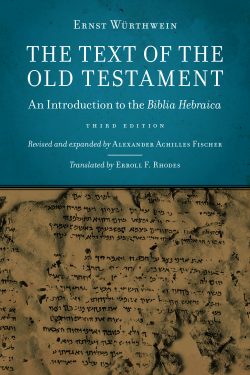
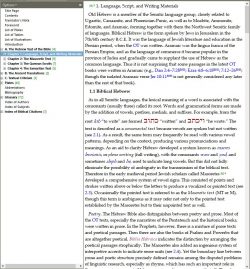
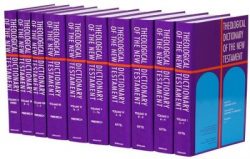
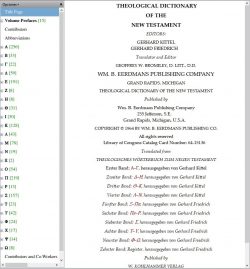
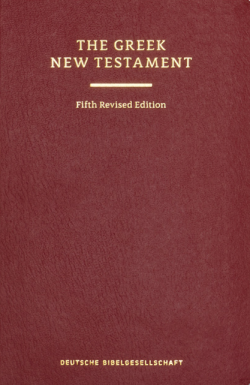
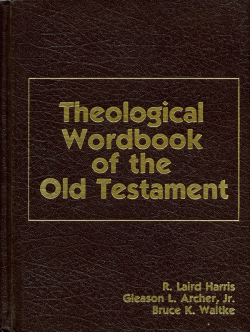
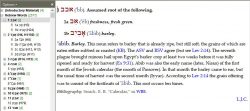
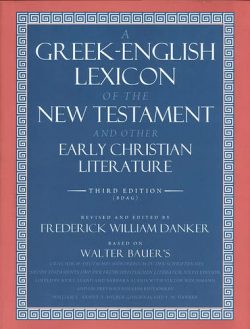

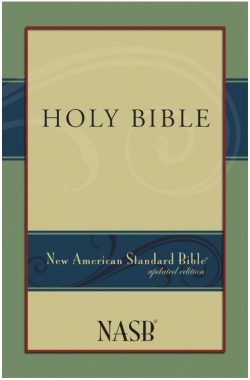
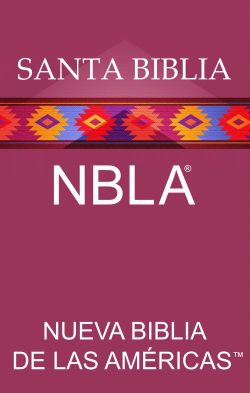
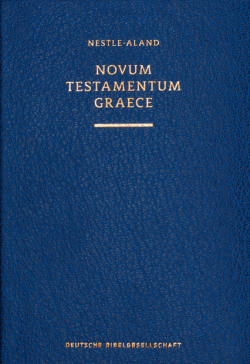
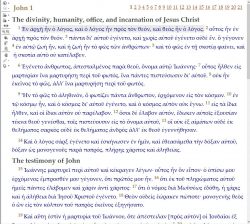
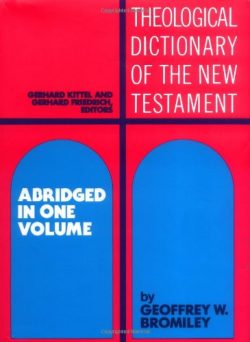
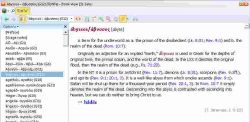
New Testament Text and Translation Commentary
The purpose of this work is to provide scholars, pastors, students, and serious Bible readers with a commentary on the variant readings in the New Testament that have significance for Bible interpretation and Bible translation—and to do so in a format that is communicative and informative to English readers as well as those who know Greek.
theWord Features